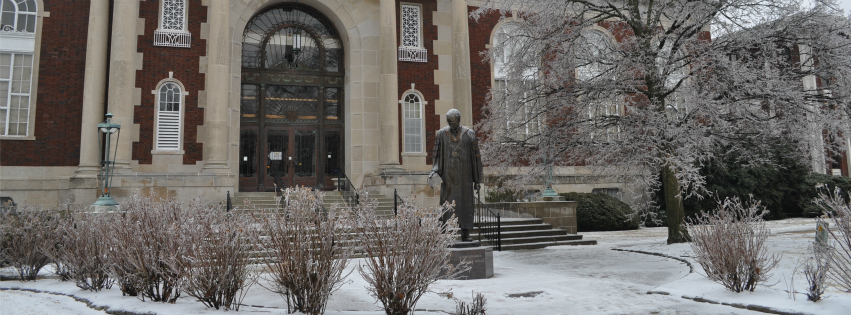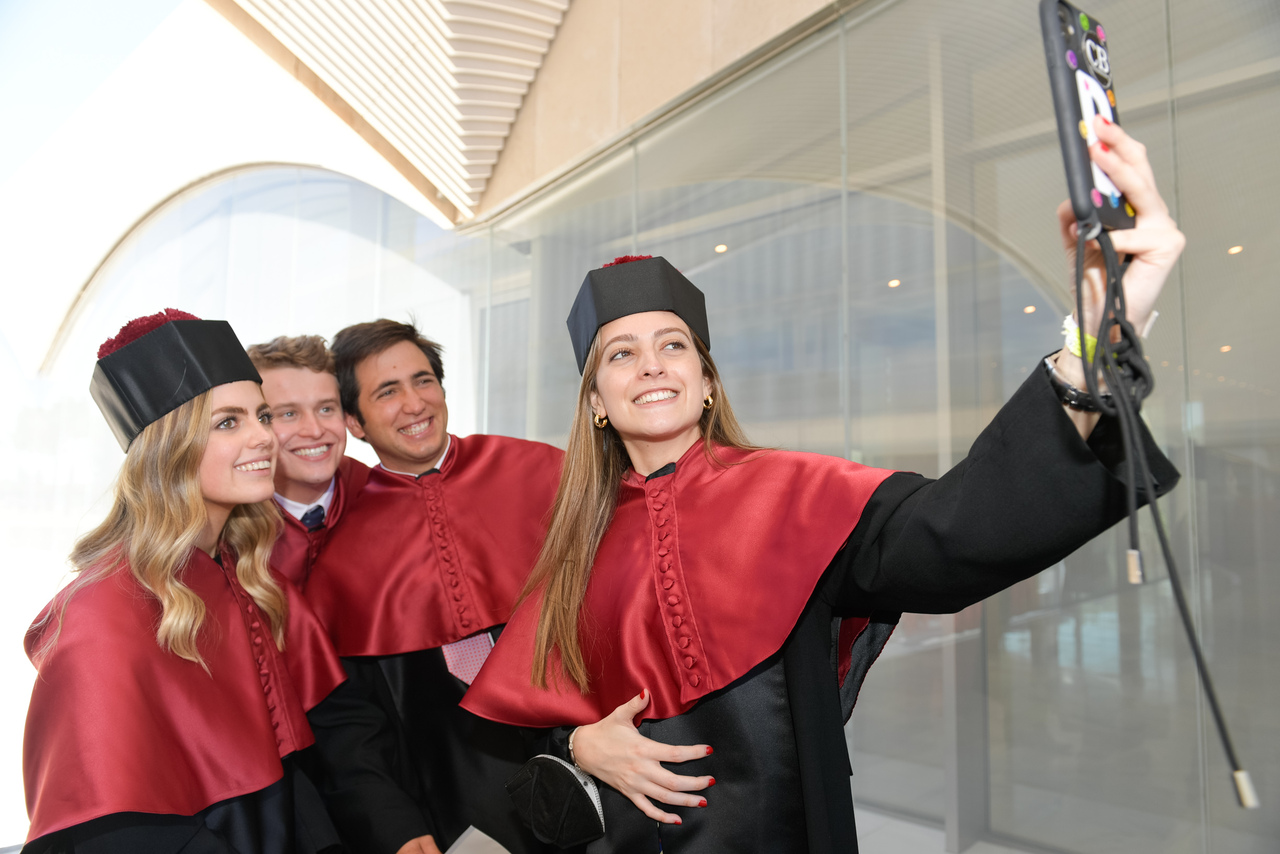Provision of Slip Resistance on Walking/Working Surfaces
- Home Page 133

Floor Safety
The National Floor Safety Institute is steward to a comprehensive bibliography of best practice literature. Floor safety is a risk that receives heightened consideration in education facilities in the snowy parts of the world this time of year. Its complete suite is listed in the link below:
One title in particular has been of interest to us for several years now: FSI B101.6 Standard Guide for Commercial Entrance Matting in Reducing Slips, Trips and Falls. It provides the criteria for the selection, installation, inspection, care and maintenance of entrance mats and runners in commercial facilities in reducing slips, trips and falls.
Application: The requirements of this standard pertain to the safe usage and applications, design, construction, and quality criteria of floor mats and runners.
Purpose: This standard is directed to eliminating slip, trip and fall hazards including but not limited to soil, moisture, contaminant removal, edge treatments and the improper use of floor mats and runners.
Education communities have a larger-than-average openings to the exterior — and they are large targets for lawsuits — so we keep an eye on this title.
At the moment, an examination of the technical committee roster for this title indicates that there are no voting members from the education industry; the largest non-residential building construction market in the United States. While Murray State University has subject matter experts recognized by NFSI (See YouTube link below) there is no user/owner/final fiduciary on the committee. Keep in mind that that in many education organizations — particularly large research universities — the compliance and insurance (risk management) interest is the only stakeholder that has the funding to participate. Compliance and risk management interests may be at odds with the interest of the user/owner/final fiduciary in individual units (explained in more detail in our ABOUT)
NSFI alerts the public to live consultation opportunities on the link to its standards landing page above. Today we find only closed consultations on its News & Events page. You are encouraged to collaborate directly with NFSI. Contact Laura Cooper for more information at laurac@nfsi.org.
We keep the NFSI standards suite on the standing agenda of our Interiors colloquia. See our CALENDAR for the next meeting; open to everyone.
Issue: [14-63]
Category: Risk Management
Colleagues: Mike Anthony, Richard Robben
Sabbath
Loma Linda University | San Bernardino County California
Loma Linda University (LLU) is the institution run by the Seventh-day Adventist Church. It is located in Loma Linda, San Bernardino County, California. Point Loma Nazarene University (PNLU), located in San Diego County, is affiliated with the Church of the Nazarene and is not associated with the Seventh-day Adventist Church.
VIU: FM 98.3 Pamplona
La zona deportiva de la Universidad, que hoy protagoniza #historiaunav, es contigua a @etsaunav, bordea el río y la carretera de Esquiroz y se apoya en una ladera empinada que cierra el valle. pic.twitter.com/F6kjnLUf8J
— Universidad de Navarra (@unav) January 22, 2024
Estudiantes de @tecnun y @MedUNAV desarrollan un simulador de electromiografía.
La práctica se ha enmarcado en el curso BioDesign, organizado por la Escuela de Ingeniería y el Laboratorio de Ingeniería Biomédica.
👉 https://t.co/8RzNLrU5Ky pic.twitter.com/bdcdH9E0ln— Universidad de Navarra (@unav) February 1, 2024
Sustainable Agriculture
This content is accessible to paid subscribers. To view it please enter your password below or send mike@standardsmichigan.com a request for subscription details.
Climate Psychosis
“The only thing worse than religion is lack of religion”
“It is impolite to make fun of other people’s religion.
If you cannot persuade a population to buy into your oligarchic ambitions
then turn those ambitions into a religion.”
— Michael A. Anthony, P.E.
University of Michigan, ’83 and ’88 (Retired)
A conversation with Bjorn Lomborg, a visiting fellow at the Hoover Institution, the president of the Copenhagen Consensus Center, and one of the foremost climate experts in the world today. His new book — “False Alarm: How Climate Change Panic Costs Us Trillions, Hurts the Poor, and Fails to Fix the Planet” — is an argument for treating climate as a serious problem but not an extinction-level event requiring such severe and drastic steps as rewiring a large part of the culture and the economy.
Starting soon! https://t.co/JL03EIEMqo pic.twitter.com/Ttpp4TA8jr
— Wendy Bohon, PhD 🌏 (@DrWendyRocks) December 28, 2023
Readings
Brookings: Michael Crichton and Global Warming
The alarmist reddening of weather maps is a perfect visualisation of how 5th generational warfare works. We’re dealing with an information war and the battlefield is our mind. @RWMaloneMD pic.twitter.com/nTBv5yhYbS
— Eva Vlaardingerbroek (@EvaVlaar) May 23, 2023
Fruity French Toast Casserole
This content is accessible to paid subscribers. To view it please enter your password below or send mike@standardsmichigan.com a request for subscription details.
Blueberry Crisp
This content is accessible to paid subscribers. To view it please enter your password below or send mike@standardsmichigan.com a request for subscription details.
Vigilante Coffee
Big Ten Conference Inc 501(c)(3) | Net Assets: $246.918M
University of Maryland | The Rossborough Inn
During this season of gratitude and celebration, I offer heartfelt thanks to our #UMD family — students, faculty, staff, alumni and friends — for being a part of and making your unique contributions to our community. Happy Thanksgiving! pic.twitter.com/W8ojWUpPpT
— Wallace D. Loh (@presidentloh) November 28, 2019
New update alert! The 2022 update to the Trademark Assignment Dataset is now available online. Find 1.29 million trademark assignments, involving 2.28 million unique trademark properties issued by the USPTO between March 1952 and January 2023: https://t.co/njrDAbSpwB pic.twitter.com/GkAXrHoQ9T
— USPTO (@uspto) July 13, 2023
Standards Michigan Group, LLC
2723 South State Street | Suite 150
Ann Arbor, MI 48104 USA
888-746-3670













![How easy it is to make people believe a lie, and [how] hard it is to undo that work again! - Mark Twain](https://www.azquotes.com/vangogh-image-quotes/48/62/Quotation-Mark-Twain-It-s-easier-to-fool-people-than-to-convince-them-48-62-03.jpg)








